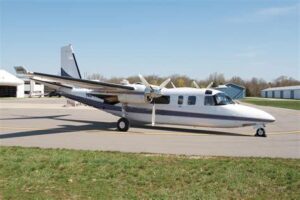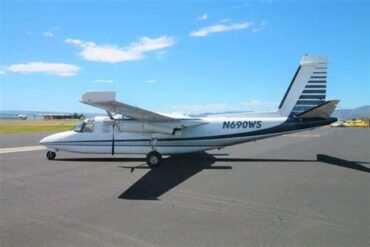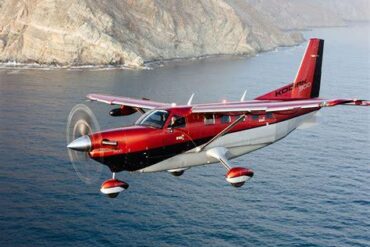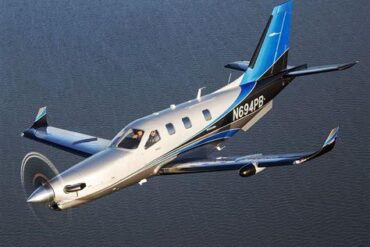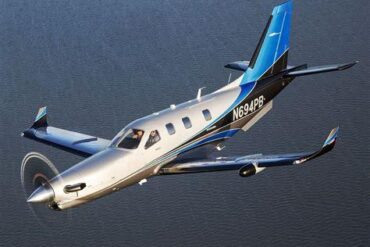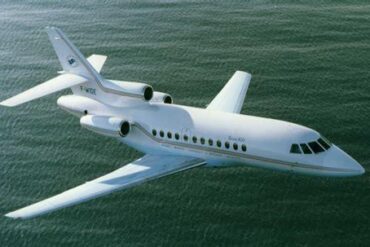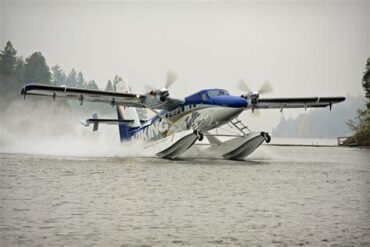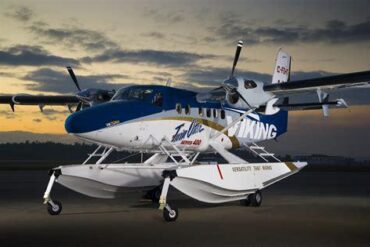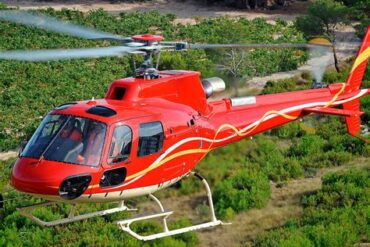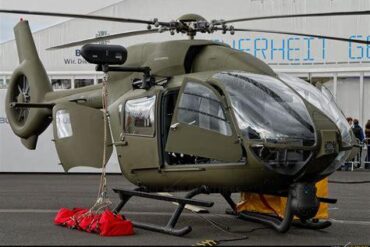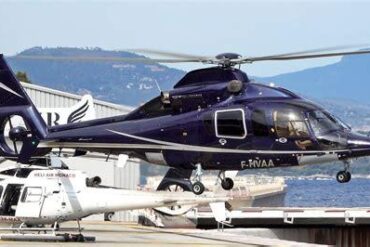The Twin Commander 840 and 900 series has long been recognized as a pinnacle of performance in the world of business aviation. With a rich history of innovation, these aircraft offer unparalleled reliability and efficiency for discerning pilots and passengers alike. In this comprehensive overview, we will delve into the pricing and operating costs associated with the Twin Commander 840 and 900, providing potential buyers and operators with valuable insights to make informed decisions.
Understanding the Twin Commander Series
The Twin Commander series was developed by Commander Aircraft Company and has evolved through various models, with the 840 and 900 being among the most sought-after due to their impressive capabilities. The Twin Commander 840 typically boasts a maximum cruise speed of around 220 knots and a range of approximately 1,500 nautical miles, while the 900 enhances these figures with a slightly larger size and increased payload capacity.
The design of both aircraft emphasizes efficiency, with features like a high-wing configuration that provides excellent visibility and stability during flight. Moreover, they are equipped with Garrett TPE331 engines, known for their durability and fuel efficiency, making them an ideal choice for both personal and corporate aviation.
Price Overview
When considering the purchase of a Twin Commander 840 or 900, potential buyers should be prepared for varying price points based on factors such as age, condition, modifications, and market demand. On average, the price range for a used Twin Commander 840 can be anywhere from $300,000 to $800,000, while the Twin Commander 900 typically falls between $500,000 and $1,200,000.
Factors Influencing Price
Several key factors influence the price of these aircraft:
-
Aircraft Age: Older models may come at a lower price but could require more maintenance and upgrades.
-
Condition: Well-maintained aircraft with comprehensive service records often command higher prices.
-
Modifications: Upgrades such as advanced avionics, interior refurbishments, and enhanced performance modifications can significantly impact value.
-
Market Trends: The current demand for light twin turboprops can affect pricing, as trends fluctuate based on economic conditions and industry needs.
Operating Costs
Understanding the operating costs of the Twin Commander 840 and 900 is essential for budgeting and financial planning. Operating costs encompass various expenses, including fuel, maintenance, insurance, and crew salaries. Below, we break down these components in detail.
Fuel Costs
Fuel costs are one of the most significant ongoing expenses for any aircraft operator. The Twin Commander 840 and 900 utilize Jet A fuel, which is widely available and generally more cost-effective than other types of aviation fuel.
- Fuel Consumption: The 840 averages around 35 to 40 gallons per hour, while the 900 is slightly more efficient, consuming about 30 to 35 gallons per hour at cruise settings. Based on current fuel prices averaging around $5 per gallon, operators can expect to spend approximately $175 to $200 per hour on fuel.
Maintenance Costs
Routine maintenance is crucial for ensuring the safety and longevity of the Twin Commander aircraft. The following are typical maintenance costs associated with these models:
-
Annual Inspections: Expect to pay between $10,000 and $20,000 for comprehensive annual inspections, depending on the aircraft’s condition and any required repairs.
-
Engine Overhaul: The TPE331 engines typically require an overhaul every 3,600 hours or so, costing around $100,000 to $150,000 per engine.
-
Parts Replacement: Regular parts replacements and system checks can add up, with annual maintenance budgeting around $30,000 to $50,000 being prudent.
Insurance Costs
Insuring a Twin Commander 840 or 900 is a necessary expense that varies based on several factors:
-
Pilot Experience: More experienced pilots may secure lower insurance premiums.
-
Aircraft Value: Higher-value aircraft typically incur higher insurance costs. Expect annual premiums to range from $5,000 to $15,000 depending on the coverage chosen.
Crew Salaries
For those operating the Twin Commander 840 or 900 commercially or for corporate use, crew salaries can be a significant expense. The following estimates reflect average annual salaries:
-
Pilot Salary: A qualified pilot may earn between $60,000 and $120,000 annually, depending on experience and the operational environment.
-
Additional Crew: For larger operations, hiring additional crew members such as co-pilots or cabin attendants will increase overall operating costs.
Total Operating Cost Estimates
When evaluating the total operating costs of the Twin Commander 840 and 900, it’s essential to consider all of the above factors collectively. Here’s a breakdown of estimated hourly operating costs:
-
Fuel: $175 – $200
-
Maintenance: $30 – $50 (averaged over annual use)
-
Insurance: $5 – $15 (averaged over annual use)
-
Crew Salaries: $60 – $120 (averaged over annual use)
Overall Hourly Cost
In total, operators can expect an hourly operating cost ranging from approximately $300 to $450, depending on specific operational variables and choices made regarding maintenance and crew.
Conclusion
The Twin Commander 840 and 900 series represents a solid investment for anyone looking to enhance their flying experience with a reliable and efficient aircraft. With a careful analysis of purchase prices and operating costs, prospective buyers and operators can navigate the financial considerations effectively. By understanding the nuances of ownership and operation, individuals can maximize their investment and enjoy the exceptional capabilities that the Twin Commander series offers.
Investing in a Twin Commander not only provides access to a highly capable aircraft but also ensures that operators can enjoy the benefits of advanced technology, comfort, and performance that these models are renowned for. By taking the time to thoroughly assess both the initial investment and the ongoing costs, we empower ourselves to make strategic decisions that align with our aviation goals.
